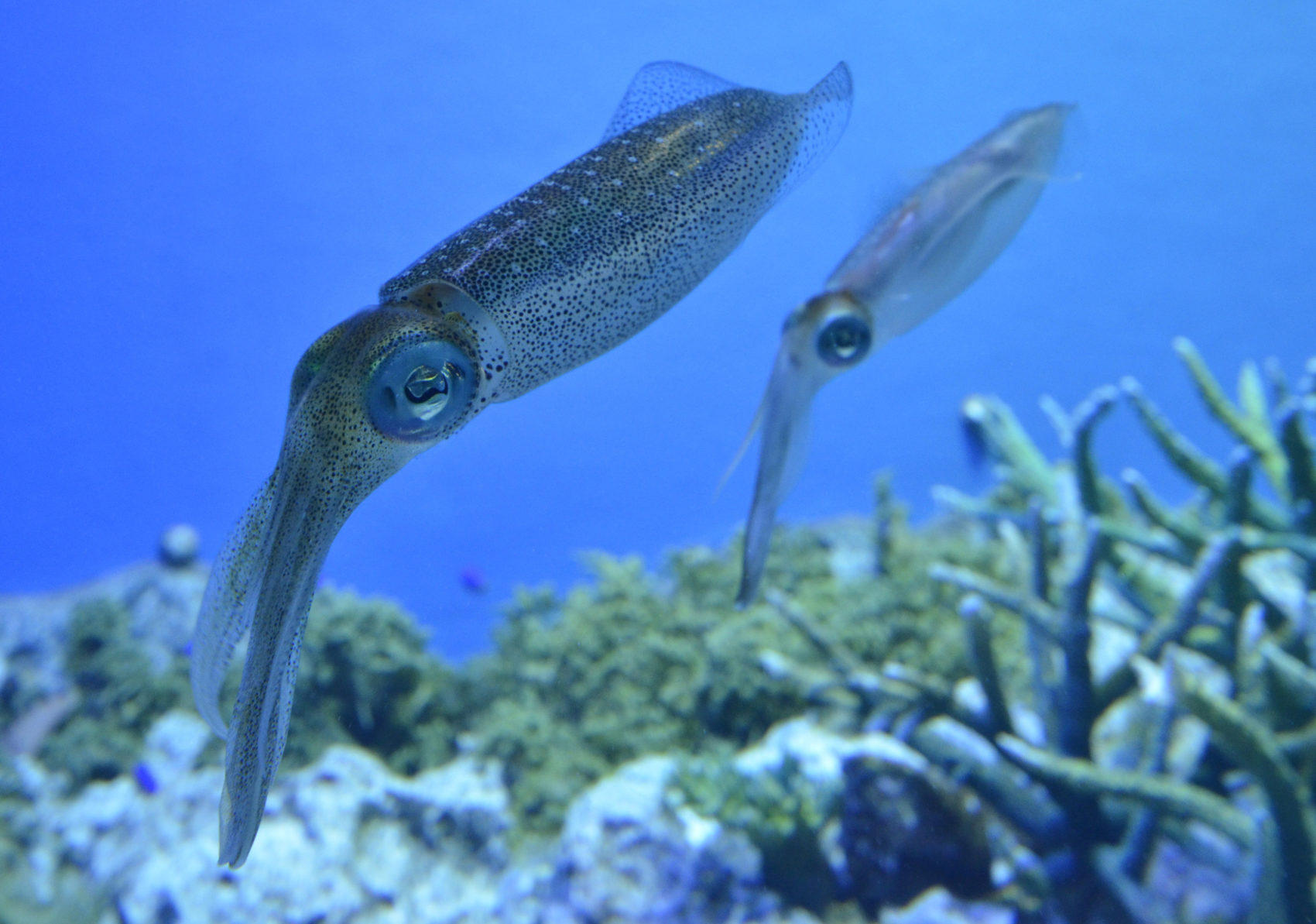

Combined with 32 scientific surveys, the records gave the researchers 60 years of reliable data.

Zoe Doubleday, a marine biologist at the University of Adelaide in Australia and lead author of the study, spent months with her team poring over the available literature, persuading international colleagues to track down hard-to-get national fisheries records, and then getting those records translated into English. To solve this problem, researchers looked for data that would allow them to calculate how much fishers catch over a given time period-a more reliable metric of actual cephalopod population numbers. So an increase in cephalopod catch doesn't necessarily mean there are more cephalopods in the ocean. Not only can catch numbers be misreported, but changes in catch amounts can also be influenced by factors that change the amount of time people spend fishing-like the price of fish and the cost of fuel-or by technological advances that allow fishers to catch more. But drawing conclusions from national fisheries data can be tricky. Scientists have noticed a growth in cephalopod catches around the world since the late 1990s. New research shows that these changes to marine environments are leading to a surge of cephalopods, the invertebrate group that includes octopuses, squid, and cuttlefish. Oceans-plagued by rising temperatures, depleted fish populations, and acidifying waters brought on by human activity-are no exception. Farms allow weedy plants to thrive between their fields.

Cities around the world shelter pigeons, naturally adapted to life on rock ledges. Wherever humans have changed the environment-and you'd be hard-pressed to find a place we haven't-there are winners and losers.


 0 kommentar(er)
0 kommentar(er)
